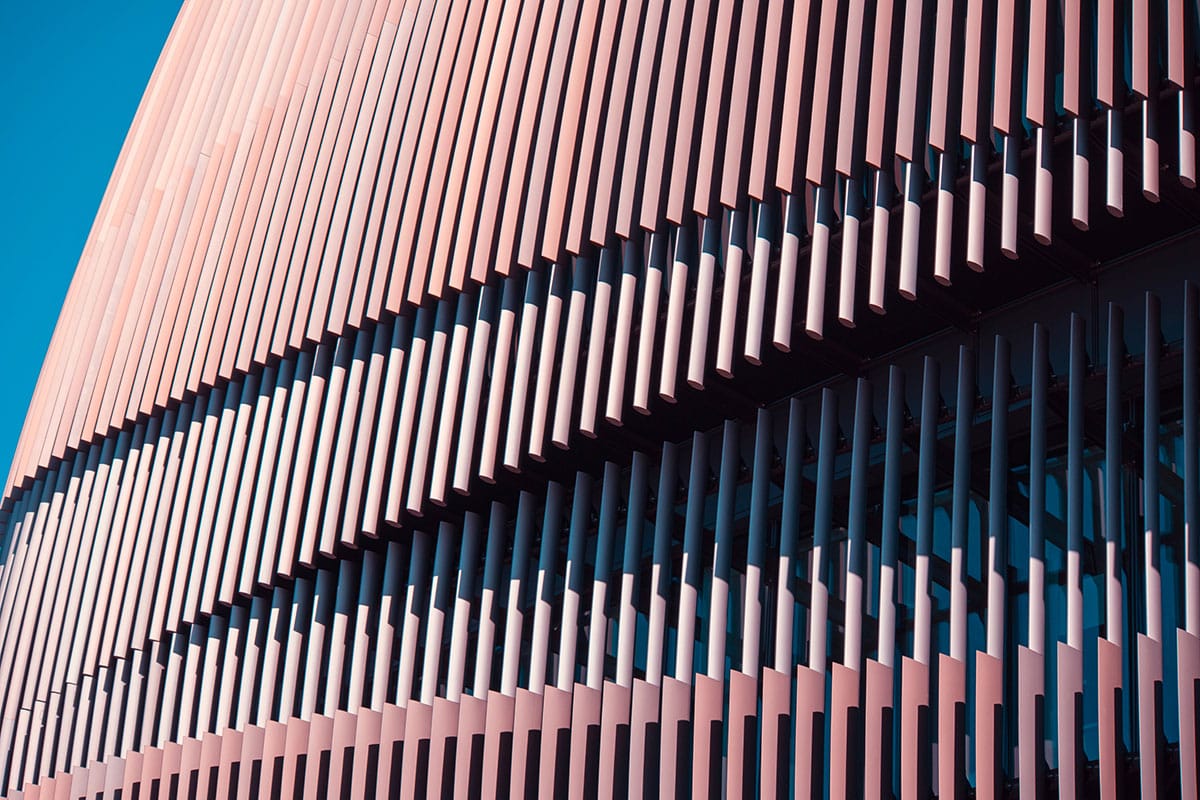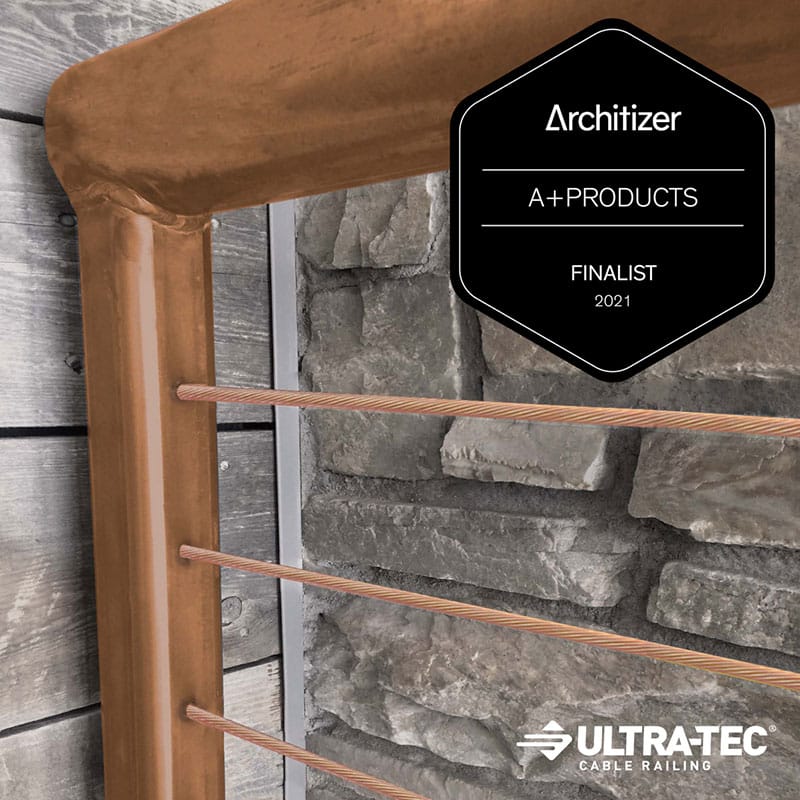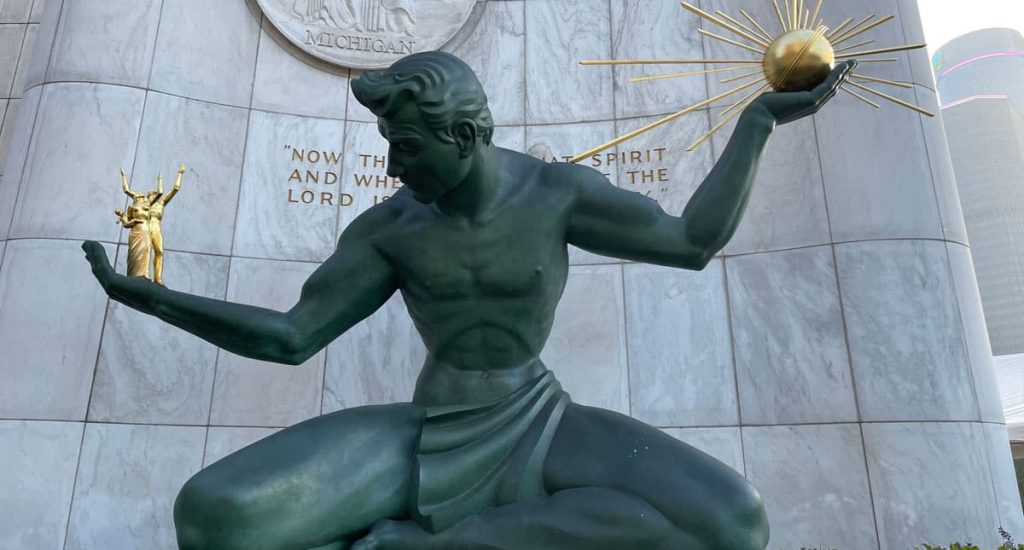History of Bronze Metal
Bronze has a long history of use and is one of the oldest tin alloys dating as far back as 4500BC. It took the place of stone tools, marking the start of the Bronze Age. Bronze was used for weapon making, ornaments, and fittings because it was easy to cast and mold into shapes. As time passed, the most popular use was in bronze statues.
The oldest known bronze statue is the Dancing Girl Bronze Statuette from around 2500BC. Other well-known bronze statues and sculptures include The Thinker by Rodin and Bronco Buster and The Spirit of Detroit by Frederic Remington. The Statue of Unity is the largest statue built out of bronze (eight million pounds) created to honor ‘Iron Man of India’ by Sardar Vallabhbhai Patel. Bronze is not only used for statues and sculptures.
Olympic bronze metals made their debut at the 1904 St. Louis, Missouri summer games used for the first time as the third-place award in sporting competitions. Modern-day use of bronze has grown use in small electric motors (springs, bushing bearings, and car gearbox bearings), ship propellers, musical instruments, and more.
Bronze is made of 85-95% copper and other metals, and the most common is tin. Considered a red metal, it can bring a rich aesthetic to architectural design. A luxurious material, bronze can carry a higher cost yet will stand the test of time because it is corrosion and weather-resistant, and highly durable.
Bronze in architecture and design
In architecture and design, bronze is used in various applications, including some stunning interior and exterior applications. Consistently used in interior design for a warm and glamorous look and feel, bronze is featured on high-profile exterior applications.
The recently completed Northeastern University’s six-story Interdisciplinary Science and Engineering Complex featured curved bronze fins on the exterior façade. Bronze is on Brooklyn’s first 74-story supertall skyscraper. It took its design nod from the Dime Saving Bank at the base of the building with its opulent interior and exterior, with bronze accents, designed to resemble a neo-classical temple.

Five years ago, Architectural Digest featured a how-to decorate with bronze in a winning fashion, and Sherwin Williams awarded bronze — Urbane Bronze — like the color of the year for 2021 to “tap into nature with a hue whose warm and comfortable breath down-to-earth tranquility.” Something we were all yearning for after a worldwide lockdown. It’s safe to say that bronze will continue to make its mark in architecture and design in various applications.
Bronze offers a warm, rich, and upgraded look compared to tother "cooler" metals, so we typically reserve it for the "front of house" area," said Liang Wu, senior associate and LEED AP at Kirksey Architecture in Houston.
Liang recalled his first extensive use of bronze on a project in 2014-2015, and he is still using it today in an active project. “We typically dress up elevator door frames, all doors and millwork hardware, light fixtures, and furniture accents using a bronze look in the front of the house,” Wu added.
Phosphor Bronze
According to the Copper Development Association, the addition of phosphorous — from 0.01 to 0.35% — increases the corrosion resistance and strength of bronze. In addition, it offers spring-like qualities, a high fatigue resistance, strength, and high wear resistance.
Phosphor bronze is used most in electrical components because of its great electrical conductivity. It is also applied where its other properties are ideal, including fasteners, springs, fuse clips, cable railing, and fittings.
Make a statement with bronze cable railing
Phosphor bronze cable offers a contemporary color option for design projects looking for an alternative to the traditional stainless-steel cable options. Ultra-tec recently introduced its new phosphor bronze cable railing and fitting line, a first of its kind.
The phosphor bronze cable railing is available in 1/8-inch diameter, in 1 x 19 strand cable. It is engineered to hold static loads without stretching, is relatively stiff, and is corrosion-resistant. Concealed receivers with beveled washers are also available for a seamless and modern design.
Ultra-tec’s phosphor bronze cable railing is a 2021 Architizer A+Product Awards Finalist in the New Materials category. Recognized as one of the world’s best products is a true testament to product viability.
The Future of Bronze
Warm metals like bronze will continue to be popular with designers well into 2022 and beyond. Bronze pairs well with marble, glass, and other metals colors like black. “We try not to mix cooler metal — such as stainless steel or aluminum — with bronze, but mixing bronze and black is acceptable,” said Wu. “We typically use bronze along with wood and marble (or porcelain with a stone look), and bronze is more of an accent even when we use larger sheets of it,” he added.
Asked if Wu would use bronze cable railings in a project, “I would consider using bronze cables, probably more towards a decorative fashion.”
Check out Ultra-tec’s new phosphor bronze cable and fitting for your next project.



